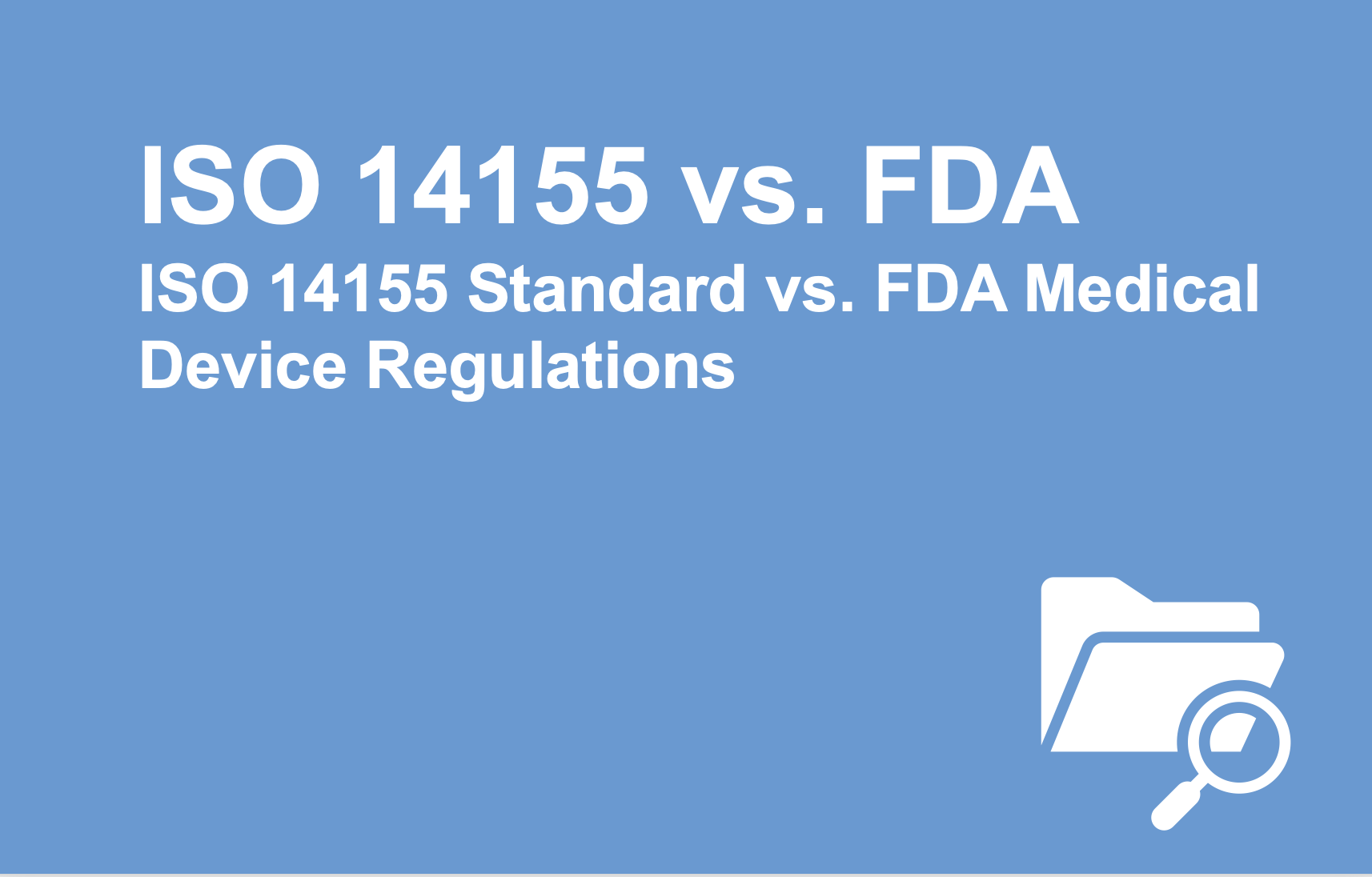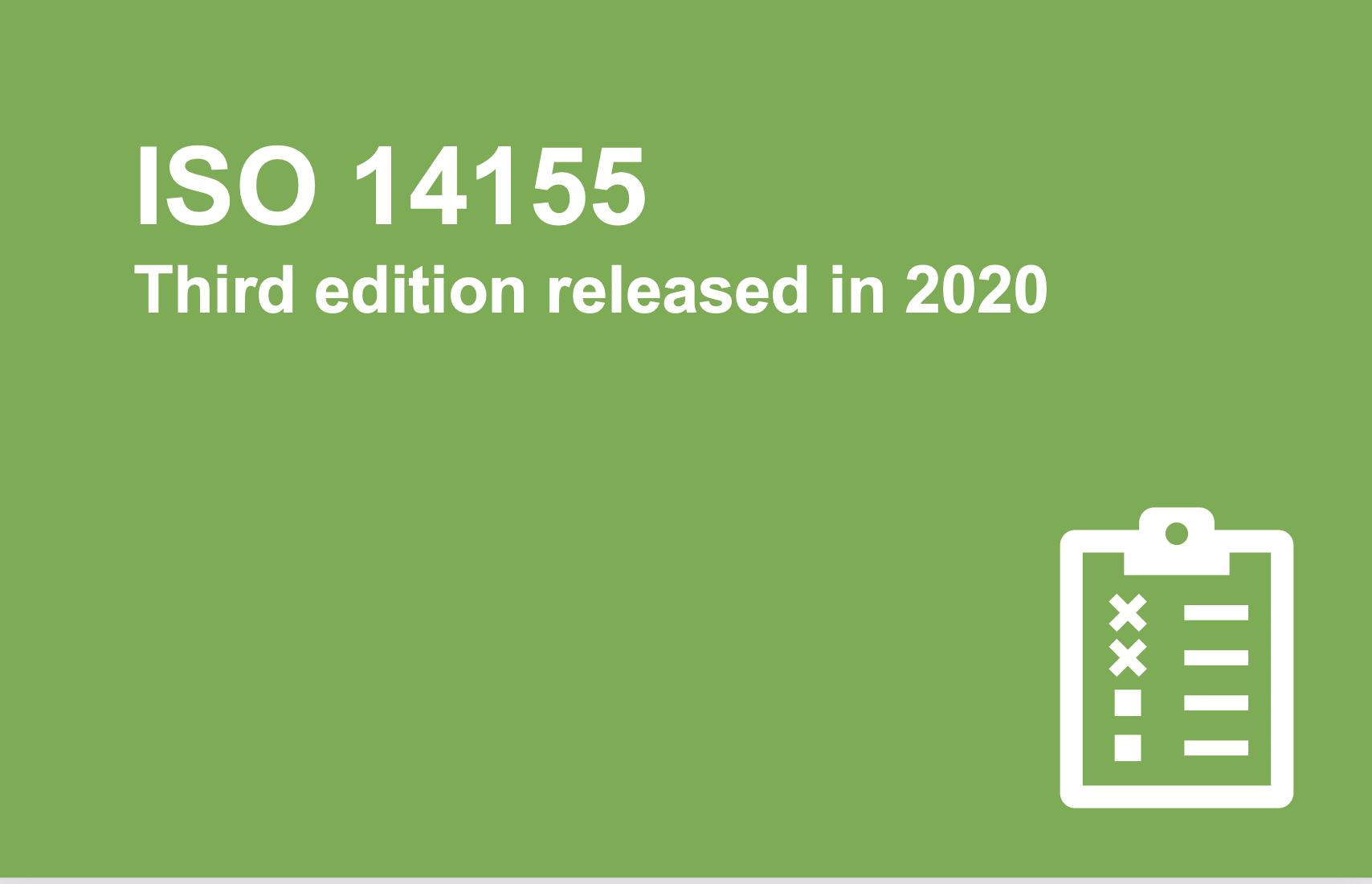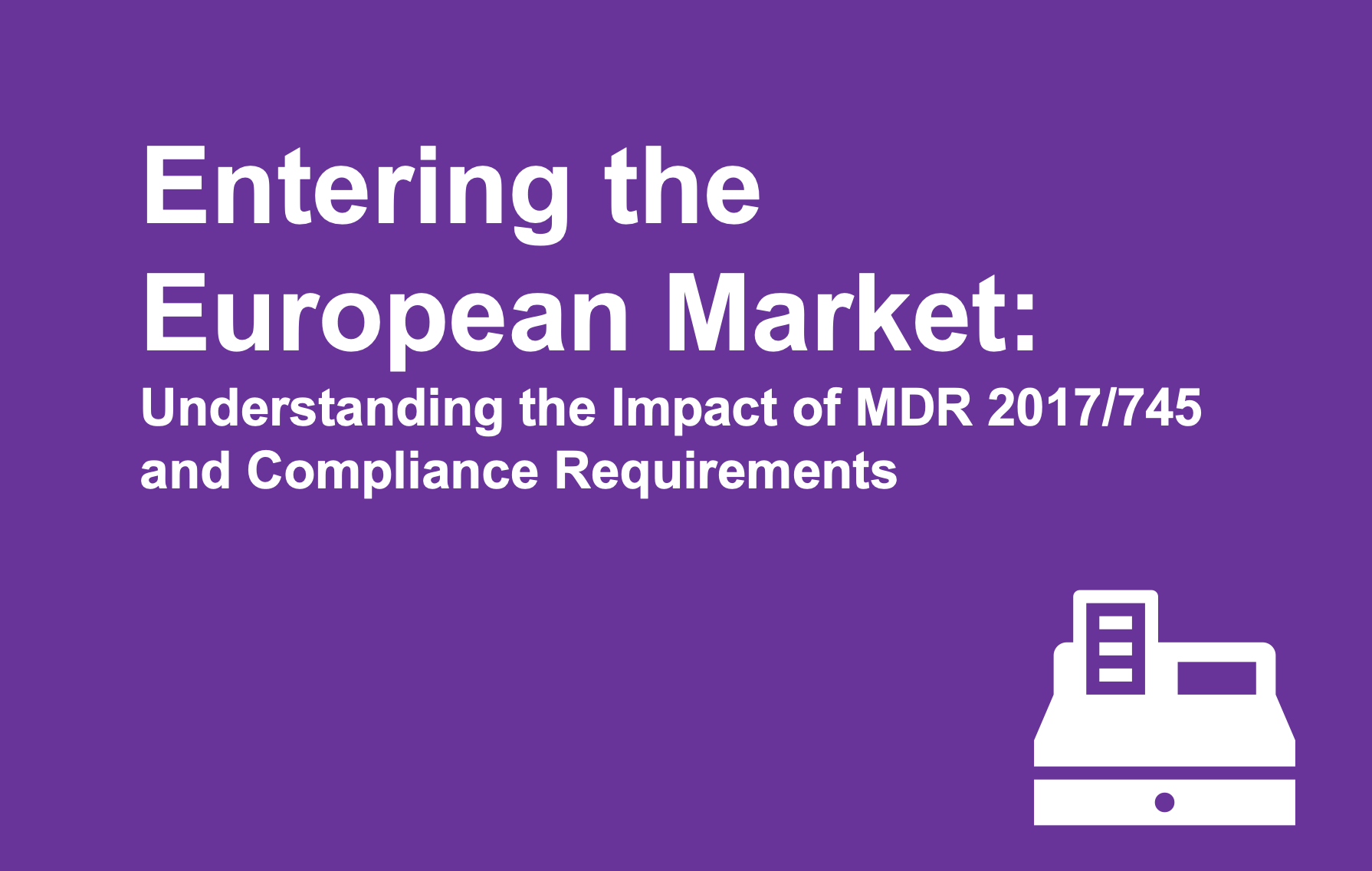The Importance of ISO 14155 and FDA Regulations for Medical Device Clinical Trials
When it comes to conducting clinical trials for medical devices, adhering to internationally recognized standards is paramount. ISO 14155 is a comprehensive global standard specifically designed to ensure the safety and performance of medical devices throughout clinical investigations. Although not legally binding in the United States, ISO 14155 is highly recognized by the FDA and often serves as a guideline for conducting clinical trials. However, it’s crucial to understand the differences and overlaps between ISO 14155 and FDA regulations to ensure compliance and successful trials.
One key aspect of both ISO 14155 and FDA regulations is the requirement for oversight and protection of human subjects. While FDA regulations mandate the involvement of an Institutional Review Board (IRB) to safeguard participants’ rights and welfare, ISO 14155 shares a similar requirement for an independent ethics committee (IEC) to review and approve clinical trials. Informed consent, another critical element, is essential under both regulations. The FDA’s Code of Federal Regulations (CFR) Part 50 outlines the necessary information and documentation for obtaining informed consent in the United States, while ISO 14155 also stipulates the need for a written consent form and clear communication in a language understood by the participant.
Both FDA regulations and ISO 14155 emphasize the reporting of adverse events (AEs) and other safety information. While there are some differences in the specifics, such as reporting all AEs versus those related to the study intervention, both regulations require timely reporting to the appropriate authorities. Sponsors must submit comprehensive reports to the FDA, while ISO 14155 encourages the inclusion of AE summaries in the study report.
Ensuring that clinical staff involved in the trials are qualified and trained is crucial under both FDA regulations and ISO 14155. Sponsors must document and update training throughout the study, complying with relevant guidelines, such as Good Clinical Practices (GCP). ISO 14155 defers to individual sponsors to determine the specific training requirements for clinical staff based on the study’s needs.
Obtaining informed consent from study participants is another shared requirement. Both FDA regulations and ISO 14155 permit study investigators or designated individuals to take informed consent, ensuring that the process adheres to ethical standards.
Determining which set of regulations is “easier” to follow is challenging, as both FDA regulations and ISO 14155 are complex and entail specific requirements. However, ISO 14155 has the advantage of being recognized by the FDA and often used as a guideline in the United States. Complying with ISO 14155 increases the likelihood of meeting FDA regulations and gaining regulatory acceptance.
Nonetheless, it’s important to note that ISO 14155 standards are not legally binding in the United States, and sponsors must still ensure full compliance with relevant FDA regulations. Understanding and adhering to both FDA regulations and ISO 14155 is essential to ensure the safety, integrity, and success of medical device clinical trials.
In conclusion, ISO 14155 and FDA regulations provide comprehensive guidance for conducting clinical trials with medical devices. By adhering to these standards, sponsors can prioritize patient safety, maintain data integrity, and navigate the complex landscape of regulatory requirements. Combining a thorough understanding of ISO 14155 and FDA regulations is crucial for successful medical device clinical trials.











